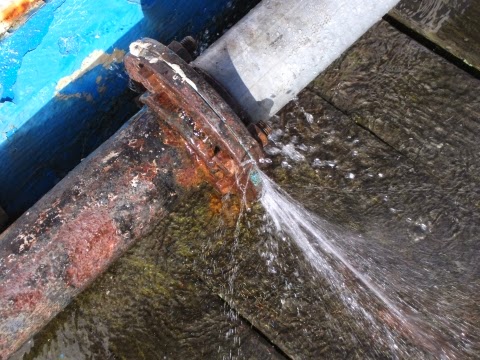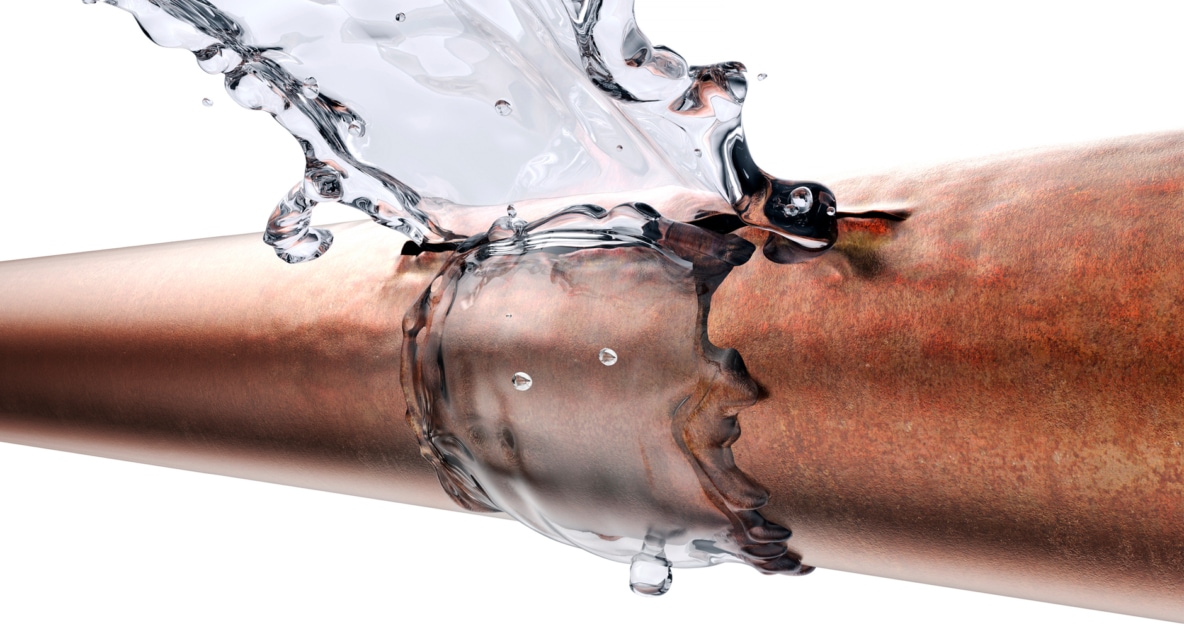The Art of Swift Response: Finding and Fixing a Burst Pipe
The Art of Swift Response: Finding and Fixing a Burst Pipe
Blog Article
We've found this article involving What to Know Before Installing a Dishwasher down the page on the net and figured it made good sense to share it with you in this article.

A burst pipeline is a major emergency; you can just stand as you view water you pay a lot to reunite with the earth. In even worse cases, you observe a swimming pool on your kitchen flooring, which is a terrific journey hazard, specifically if you have kids around. If the pipeline that burst remained in your walls, trouble: you may require to repaint that whole section.
Just how can a catastrophe like a burst pipeline be avoided as well as managed? Well, by listening to your specialist emergency plumbings as well as following these policies.
Just how do I understand when my pipelines have burst?
Rising and fall water pressures
Pipelines do not just burst in a day. You may have seen that your kitchen tap or shower does not run promptly when you turn the tap. It might stop for a few seconds and afterwards blast you with more pressure than usual.
In various other instances, the water might seem regular initially, after that drop in stress after a few secs.
Wet wall surfaces and also water spots
Prior to a pipe ruptureds, it will leakage, most times. If this relentless leaking goes undetected, the leak may finish into a vast gash in your pipe. One very easy way to prevent this emergency is to look out for damp wall surfaces ad water discolorations. These water discolorations will lead you right to the leak.
Puddles under pipelines and also sinks
When a pipe ruptureds, the discharge forms a pool. It might appear that the pool is expanding in size, as well as despite how many times you mop the pool, in a couple of minutes, there's one more one waiting to be cleaned up. Often, you may not be able to map the pool to any visible pipelines. This is an indication to call an expert plumber.
Untraceable trickling sounds
Pipeline ruptureds can take place in one of the most unpleasant areas, like within concrete, inside wall surfaces, or under sinks. When the house goes silent, you may be able to hear an annoyingly persistent dripping noise. Even after you've checked your shower head and kitchen tap, the dripping might proceed.
Beloved visitor, the leaking might be originating from a pipe inside your walls. There isn't much you can do regarding that, except tell a specialist plumber.
Shut down the Water
When water ices up, it increases in quantity by concerning 9 percent. And also it increases with incredible pressure: The stress inside pipes may go from 40 pounds per square inch to 40,000 psi! No pipe can hold that much stress, so it bursts. The break may take place where the ice types, but regularly, it happens where water pressure finds a weak point in the pipeline. That might be inches or even feet from the frozen area. Find the water shutoff valve and switch off the water to stop even more damage. You might also require to shut down the power also, depending upon where the leaks occurs and just how huge it is.
Polluted water
Many people presume a burst pipe is a one-way electrical outlet. Rather the contrary. As water drains of the hole or gouge in your plumbing system, contaminants locate their method.
Your water may be infected from the resource, so if you can, inspect if your water tank has any kind of issues. Nevertheless, if your drinking water is provided as well as purified by the local government, you ought to call your plumber immediately if you see or scent anything funny in your water.
What do I do when I detect a ruptured pipe?
Your water meter will continue to run also while your water wastes. To reduce your losses, locate the primary controls and transform the supply off. The water mains are an above-ground framework beside your residential or commercial property.
How to Fix & Detect a Leaking Pipe
How Do I Know if a Pipe is Leaking?
Leak detection tests can help you determine if your pipe has a leak. Even if you don’t see an apparent leak, you should still conduct leak detection tests regularly to save water and money—and prevent major damage to your home.
Water meter. It can be helpful to figure out what your usual water meter usage numbers are and then monitor them regularly. To monitor your meter, first, turn off all water faucets in your home. Check the meter and write down the numbers. In a few hours, check the meter again. If the numbers have changed, you have a leak. Water gauge. Use a water gauge to test your water pressure. Your showerhead should produce a certain amount of water pressure based on its model and design. If the pressure is lower than it is supposed to be for that specific showerhead, your home likely has a leak. Puddles. Look inside your bathroom, laundry, and kitchen sink cabinets. Puddles around the cabinets or around toilets, tubs, showers, and washing machines indicate the presence of a leaking pipe. You may also notice loose tiles, peeling or flaking paint, or mold caused by water accumulation. Napkin test. Even if you don’t see any puddles, you may still have a leak. You can test for water leaks in the bathroom, laundry, and kitchen by wiping below-sink connections with a napkin, paper towel, or piece of toilet paper. If it becomes damp, you probably have a leaking pipe under the sink. Discolored walls. Walls that are discolored—usually with brown or yellow stains—or bulging might mean that they have been impacted by water damage caused by a leaking pipe. Smell. A leaky pipe will create sitting water, and over time, that water may develop a musty smell. If your home smells musty, but you can’t locate the source, it may be due to a leak. Steps for Fixing a Leaking Pipe
A leaky drain can be remedied by tightening the pipe base, replacing the drain seal, caulking the rim, and tightening the pipe nut. Similarly, a leaking toilet pipe can be treated by tightening the packing nut. You may also need to replace the valve. A leaky faucet may just need tightening or replacement of the washers. If that doesn’t work, consider replacing your faucet. If your pipe has a hole in it, you may want to use a pipe leak sealer or pipe leak tape. This quick fix for water pipe leaks can also temporarily fix a copper pipe leak. https://www.ahs.com/home-matters/quick-tips/how-to-tell-if-pipes-are-leaking/

As a person who reads about What to Know Before Installing a Dishwasher, I figured sharing that piece of content was important. Do you know somebody else who is fascinated by the niche? Please feel free to share it. Thank you so much for taking the time to read it.
Maintenance Sign-Up
Report this page